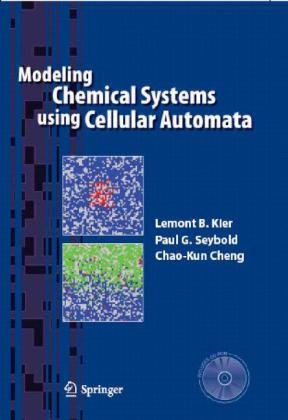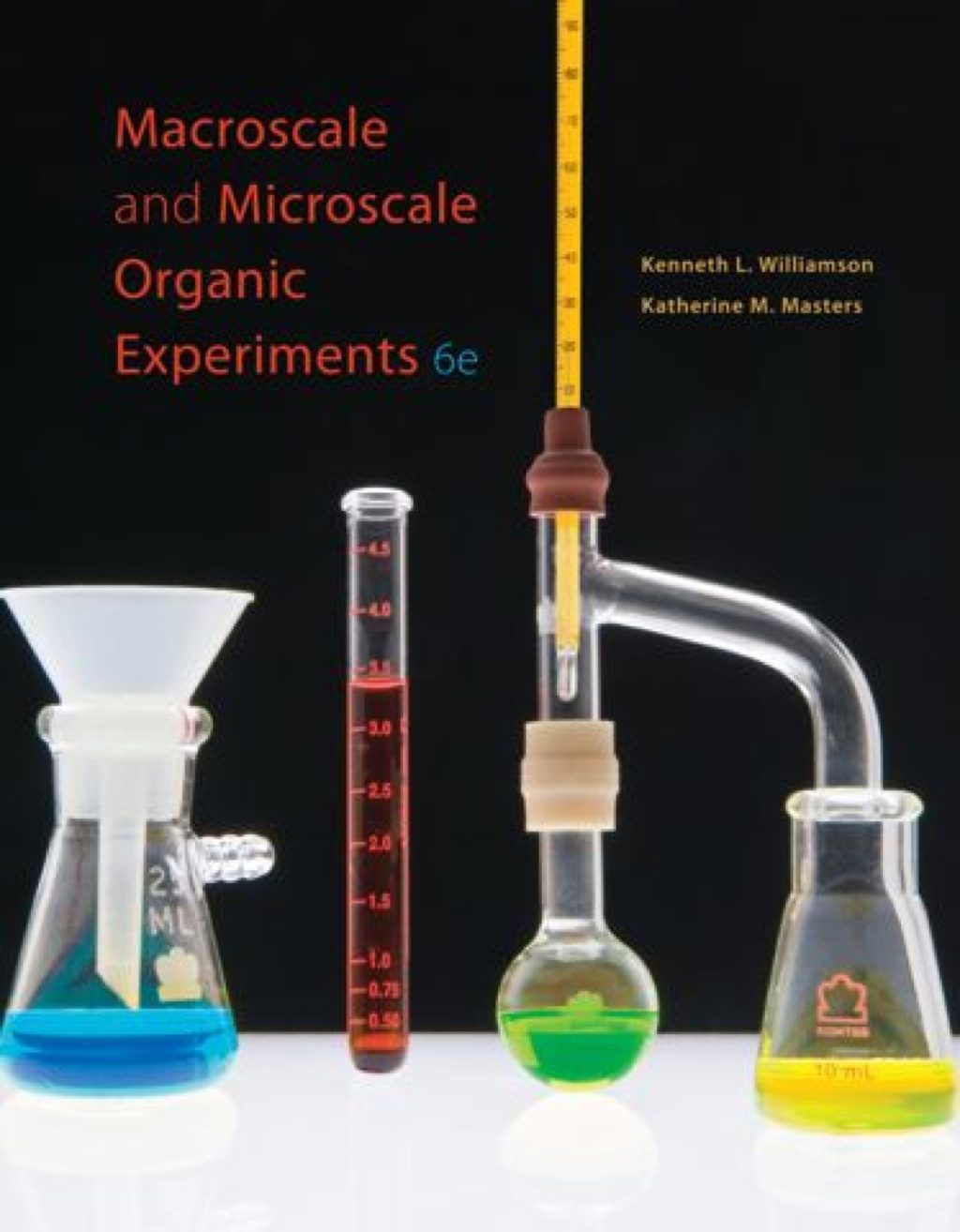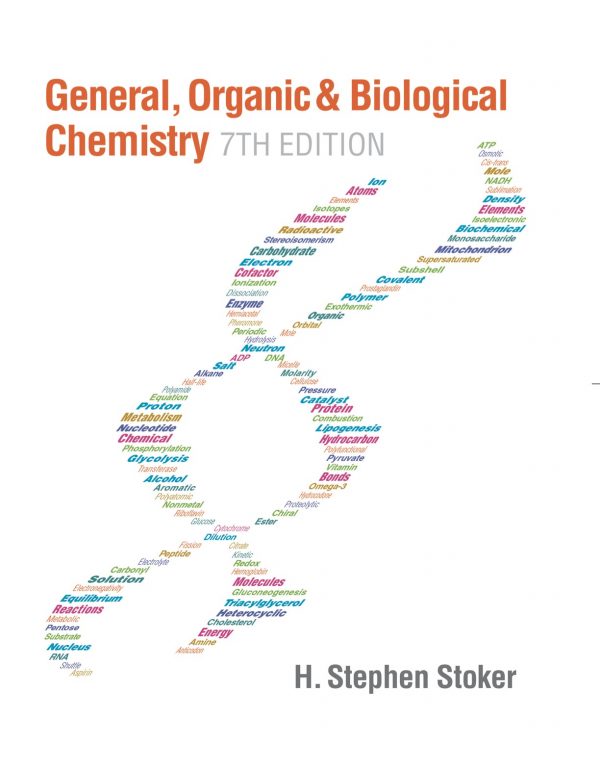Lemont B. Kier1402036574, 9781402036576, 9781402036903
This book is the first of its kind: a textbook and a laboratory manual about cellular automata modeling of common systems in chemistry. It is not only a text, but includes a CD Rom which allows readily-assimilated, real-time experience with the methodology and practice of cellular automata simulations. The book is designed to be used as a text in undergraduate courses dealing with complex systems and/or as a computational supplement to laboratory courses taught at the undergraduate level.
The book includes:
– Compact descriptions of a large variety of physical and chemical phenomena
– An accompanying program (CD) for the study of these phenomena
– Illustrative examples of simulations, with exercises for further study
– An instructor’s manual for use of the program
The book will be of great value in undergraduate courses in chemistry, physics, biology, applied mathematics, and bioinformatics, and as a supplement for laboratory courses in introductory chemistry, organic chemistry, physical chemistry, medicinal chemistry, chemical engineering and other courses dealing with statistical and dynamic systems. It allows the exploration of a wide range of dynamic phenomena, many of which are not normally accessible within conventional laboratory settings due to limitations of time, cost, and experimental equipment.







Reviews
There are no reviews yet.